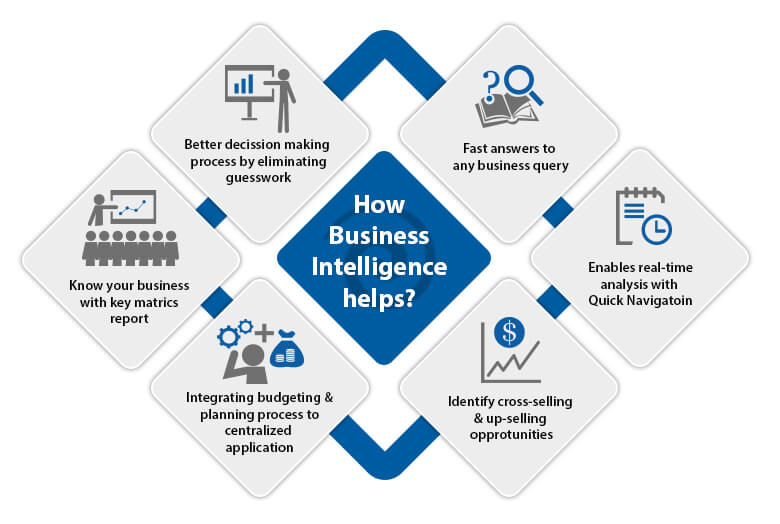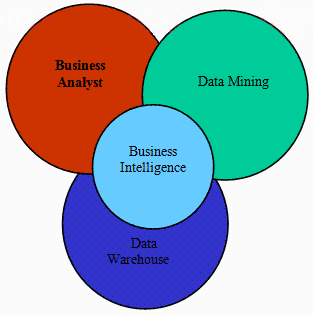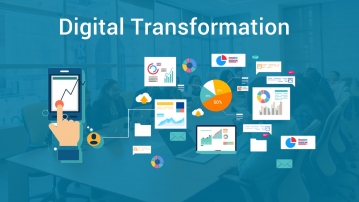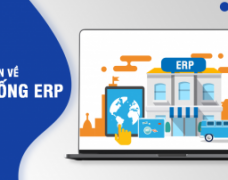 17 May, 2018
17 May, 2018
BI_ Business Intelligence
BI (Business Intelligence) is the process and technology that businesses use to control huge volumes of data, data mining helps businesses make more effective decisions in business operations. mine. BI Technology (BI Technology) provides a panoramic view of business operations from the past, present and predicted future. The purpose of BI is to help businesses make better decisions. Therefore, a system BIBI(BI System) is also called a decision support system (Decision Support System -DSS)
1. What is business intelligence?
BI is the process and technology that businesses use to control huge amounts of data, data mining helps businesses make more effective decisions in their business operations. BI Technology (BI Technology) provides a panoramic view of business operations from the past, present and predicted future. The purpose of BI is to help businesses make better decisions. Therefore, a system BIBI(BI System) is also called a decision support system
(Decision Support System -DSS)
2. BIRD system

Nowadays, when Bigdata is opening a huge amount of data in the industry. An organization has at hand many types of data such as financial statements, personal records, accounts, revenue reports, sales and many more. For this information to effectively contribute to the business decision making process or to be able to identify business opportunities, that seems to be the biggest challenge for businesses. This challenge becomes much more difficult for direct selling organizations.
The main challenges facing direct selling companies are:
- The tiered enterprise system needs to be at the top of all brands.
- Takes longer to answer important business questions.
- It takes a lot of time to prepare daily reports.
- Difficulty maintaining inventory leads to customers not receiving products on time.
- Lack of customer satisfaction because there is no good service quality.
- Prepare business reports for company meetings.
- A single application can reduce technical support but impact flexible planning. This may result in reduced performance and reliability.
- Many individual applications can provide the flexibility requirements of individual brands, but can be time-consuming, costly and require more technical support.
- As part of the needs, the overall view of the business is based on the actual view, then the budget and forecast need to be taken care of.
- Reporting requirements are based on each brand, region, category, and period.
- Collect data source files from 3rd party vendors.
- Send report via mail and put in drop-box.
- Build excel reports with sheets with separate report titles.
Organizations that are solving big data problems like above, then BI (Business Intelligence) is the right choice for them. BI can help identify new opportunities from this huge amount of information.
The core problem in BI system is data warehouse (Data Warehouse) and data mining (Data Mining) because the data used in BI is aggregate data (Multiple sources, many formats, distributed and scheduled) history) that is characteristic of data warehouses. At the same time, the data analysis in BI is not simple analysis (Query, Filtering) but techniques in data mining (Data Mining) used for classification (Clustering), or prediction. So BI has a very close relationship with Data Warehouse and Data Mining.
Simple BI system can be seen as a combination of 3 main components as follows:

- Data Warehouse: Contains aggregated data of the business
- Data Mining: Techniques used for data mining and knowledge discovery such as classification, clustering, association rule, and prediction ),…
- Business Analyst: Business leaders make strategic decisions for the business of the business.
3. Benefits of BI
BI increases the ability of businesses to control information accurately and effectively, thereby analyzing and mining knowledge to help businesses predict the trend of service prices and customer behavior. , detect potential customers to propose appropriate business strategies to increase business competitiveness.
BI helps businesses use information effectively and accurately to adapt to the constantly changing environment and fierce competition in business.
Make more effective business decisions
- Determine the position and competitiveness of the Enterprise
- Analyze customer behavior
- Define marketing goals and strategies
- Predicting the future of business
- Building a business strategy
- Retaining valuable customers and anticipating potential customers


















